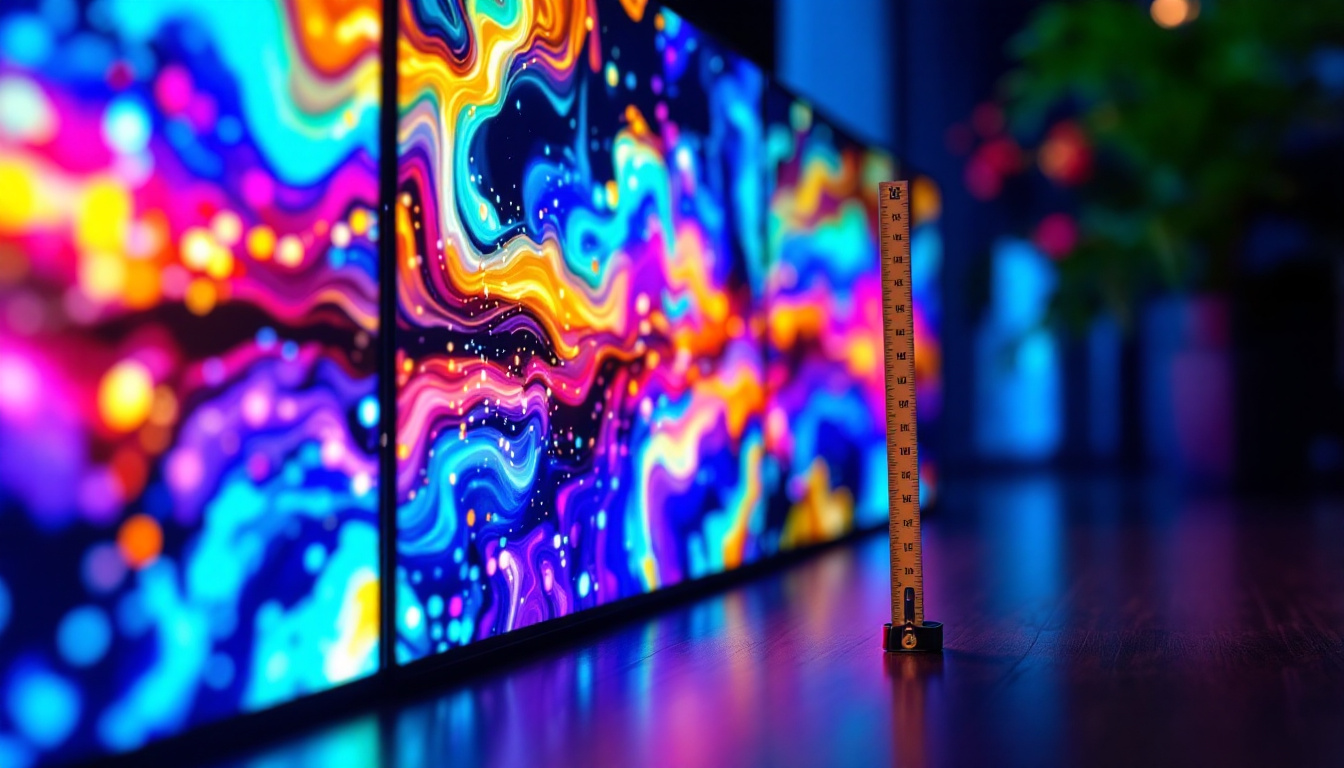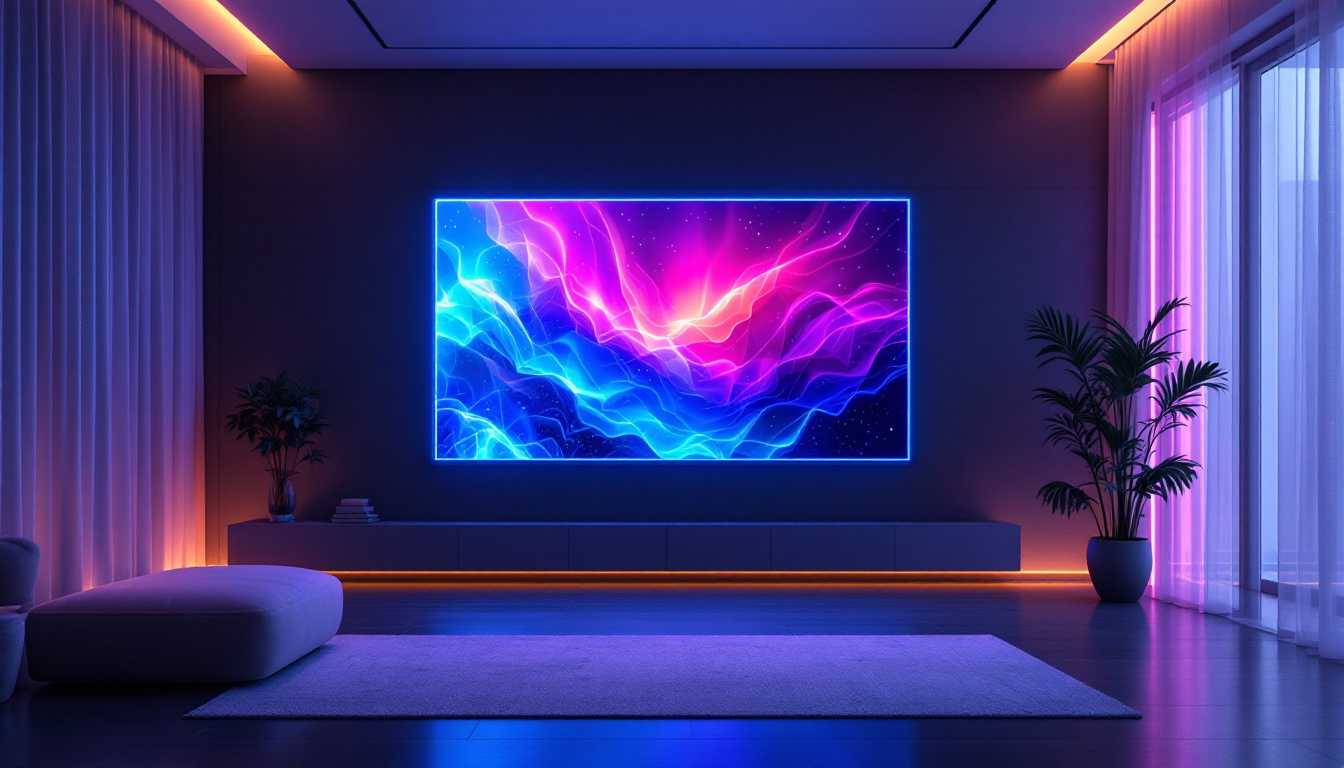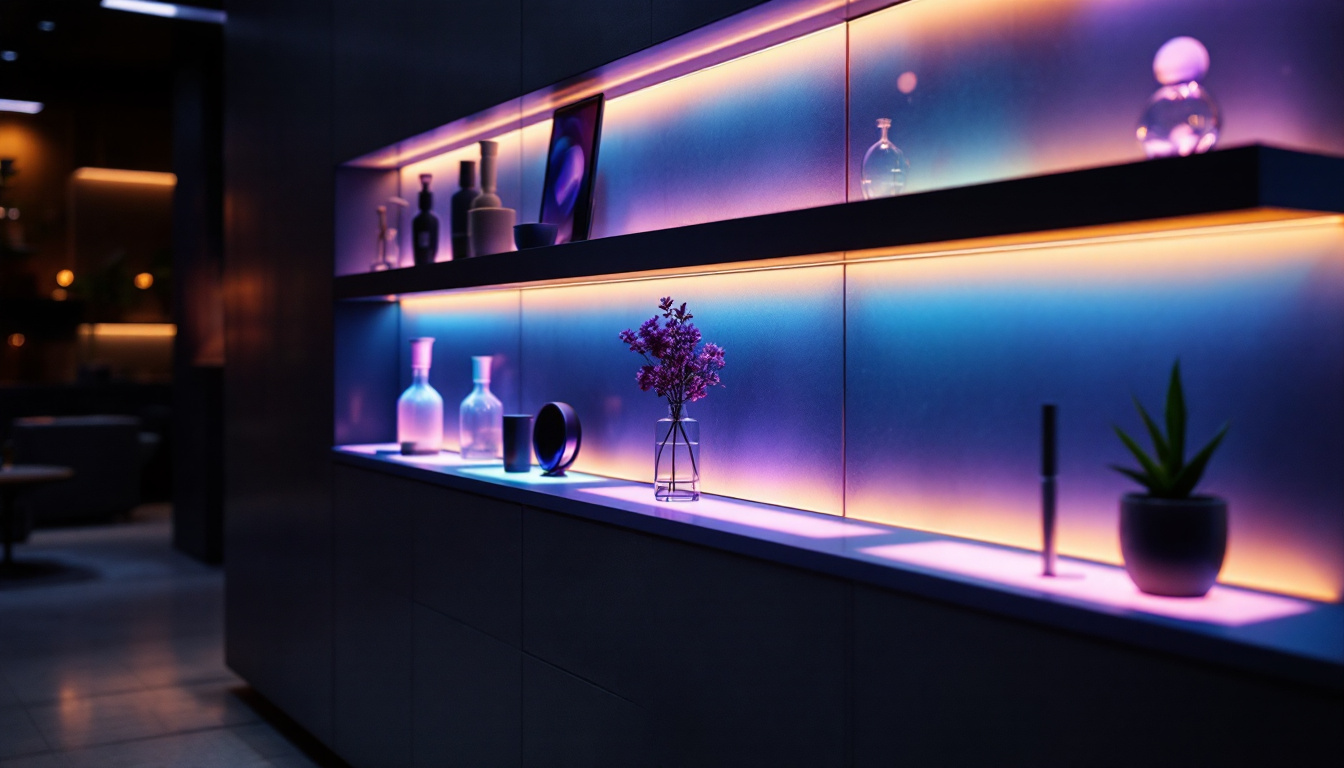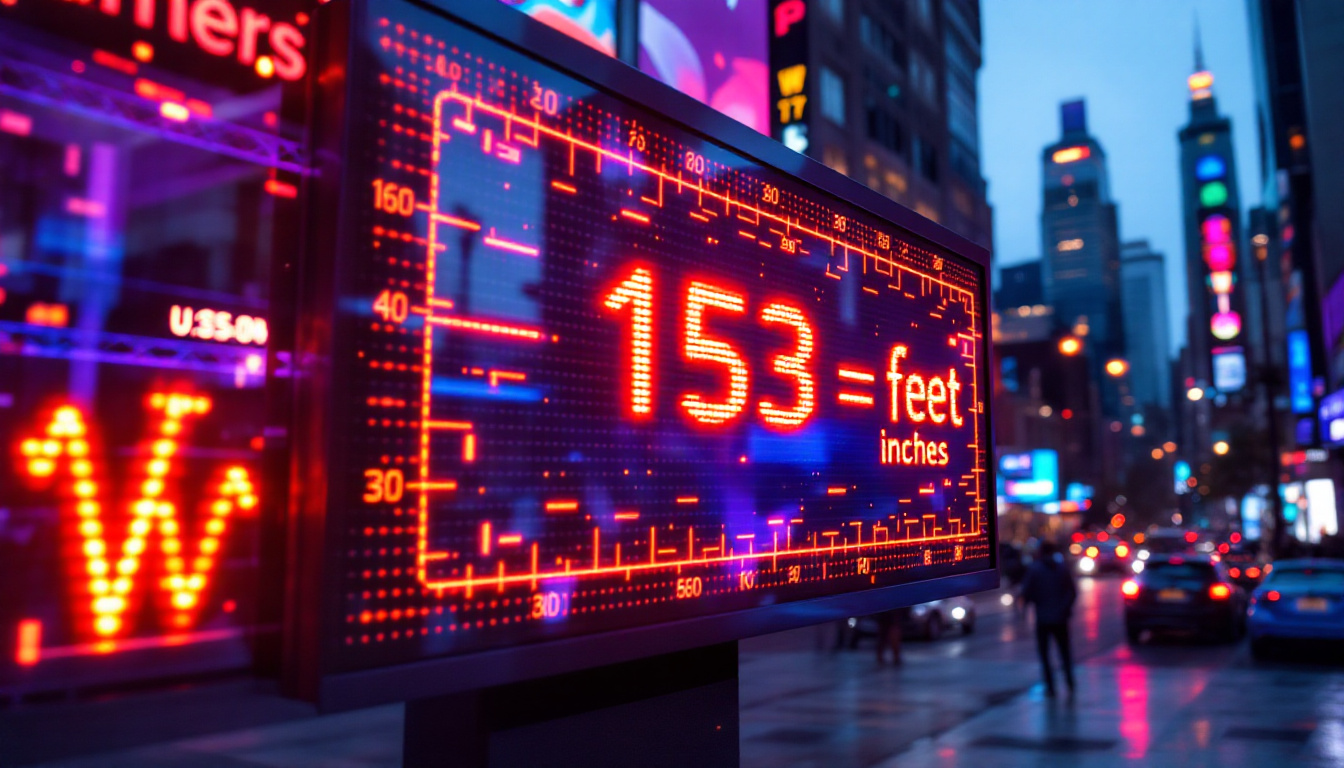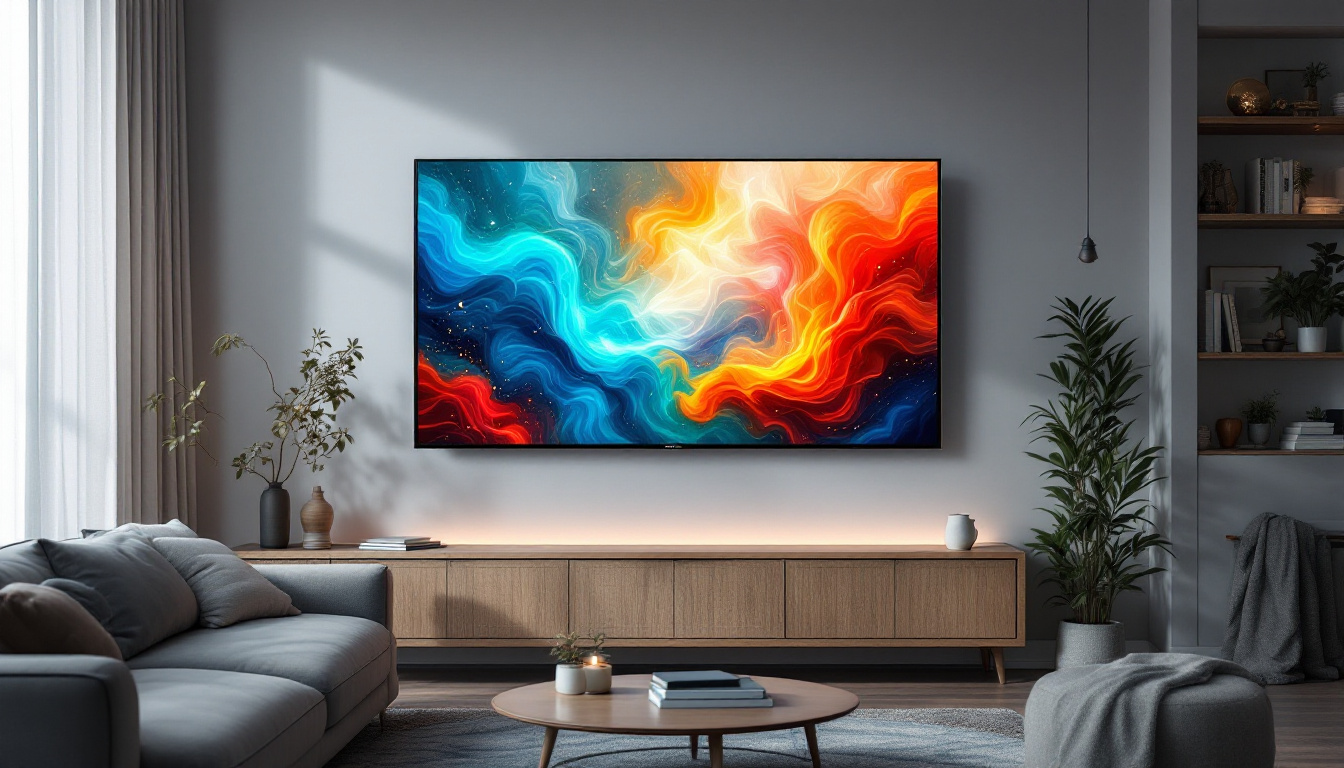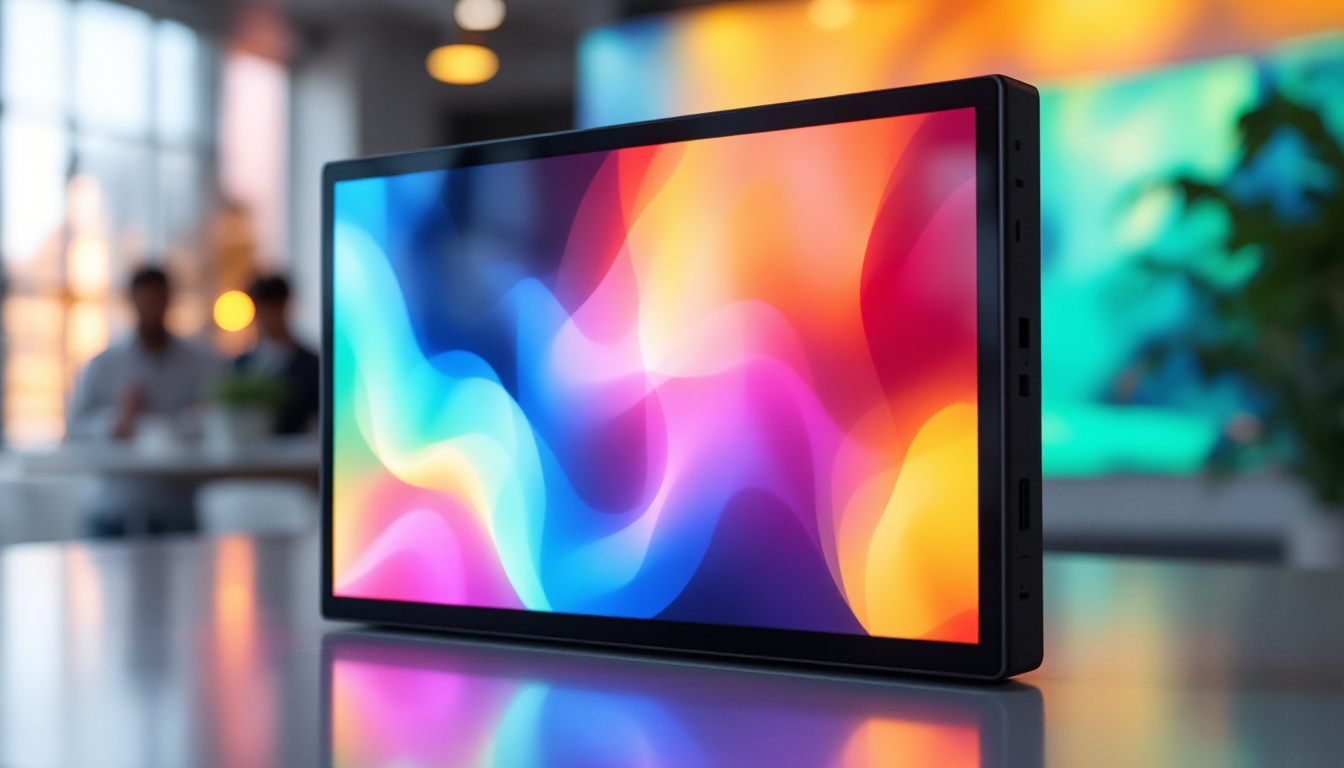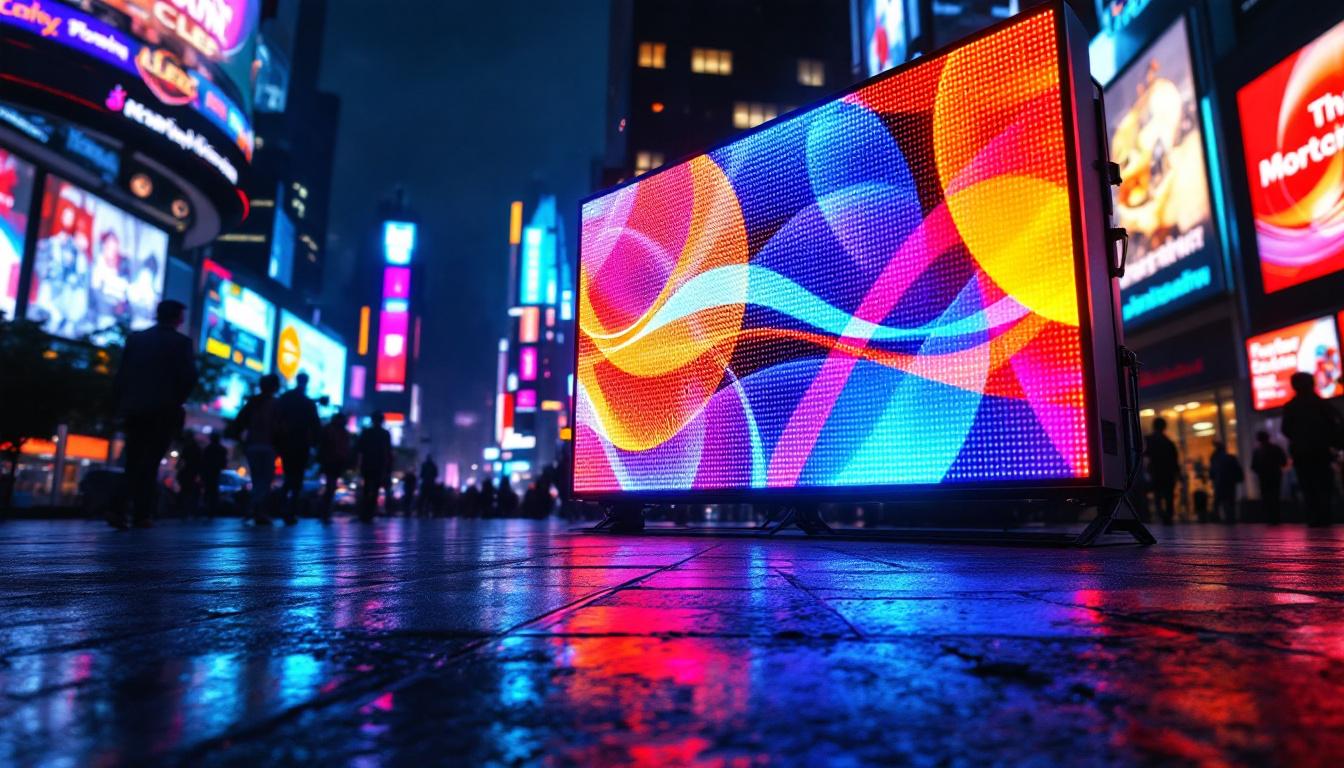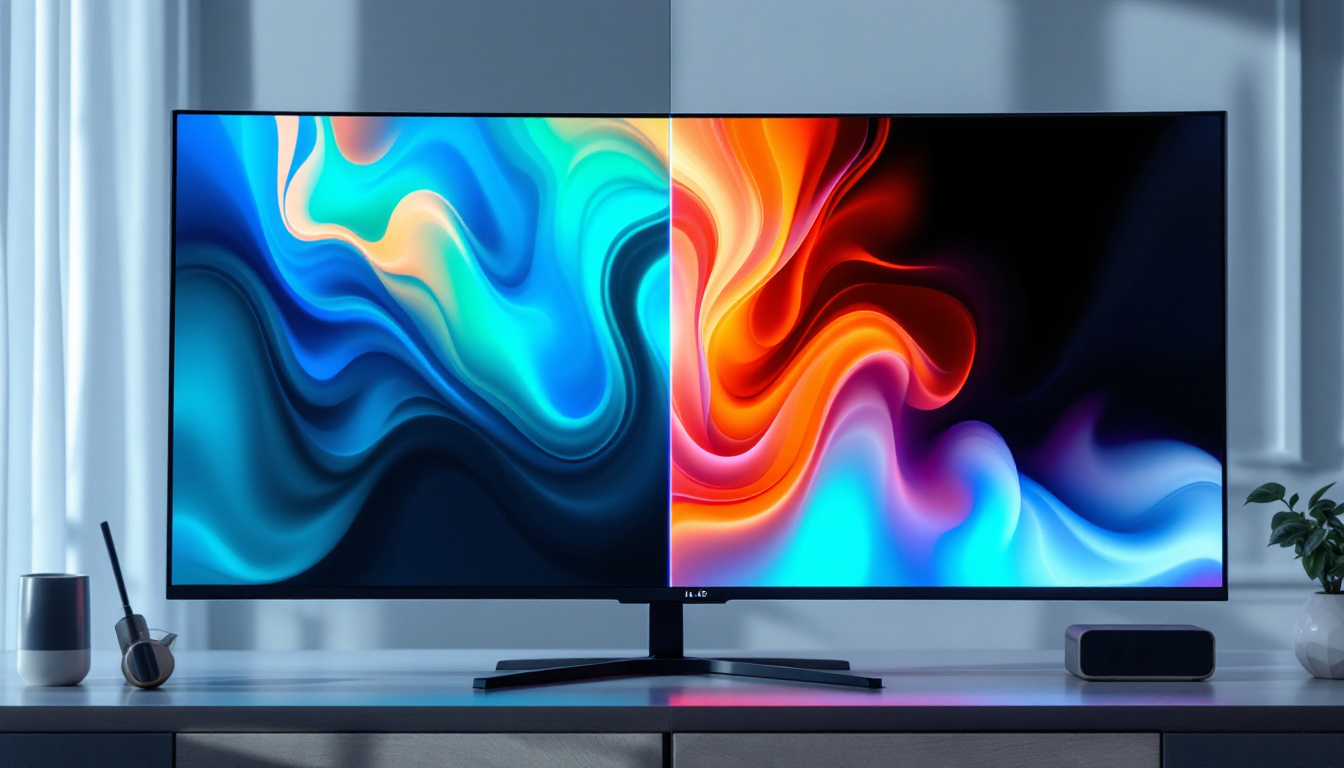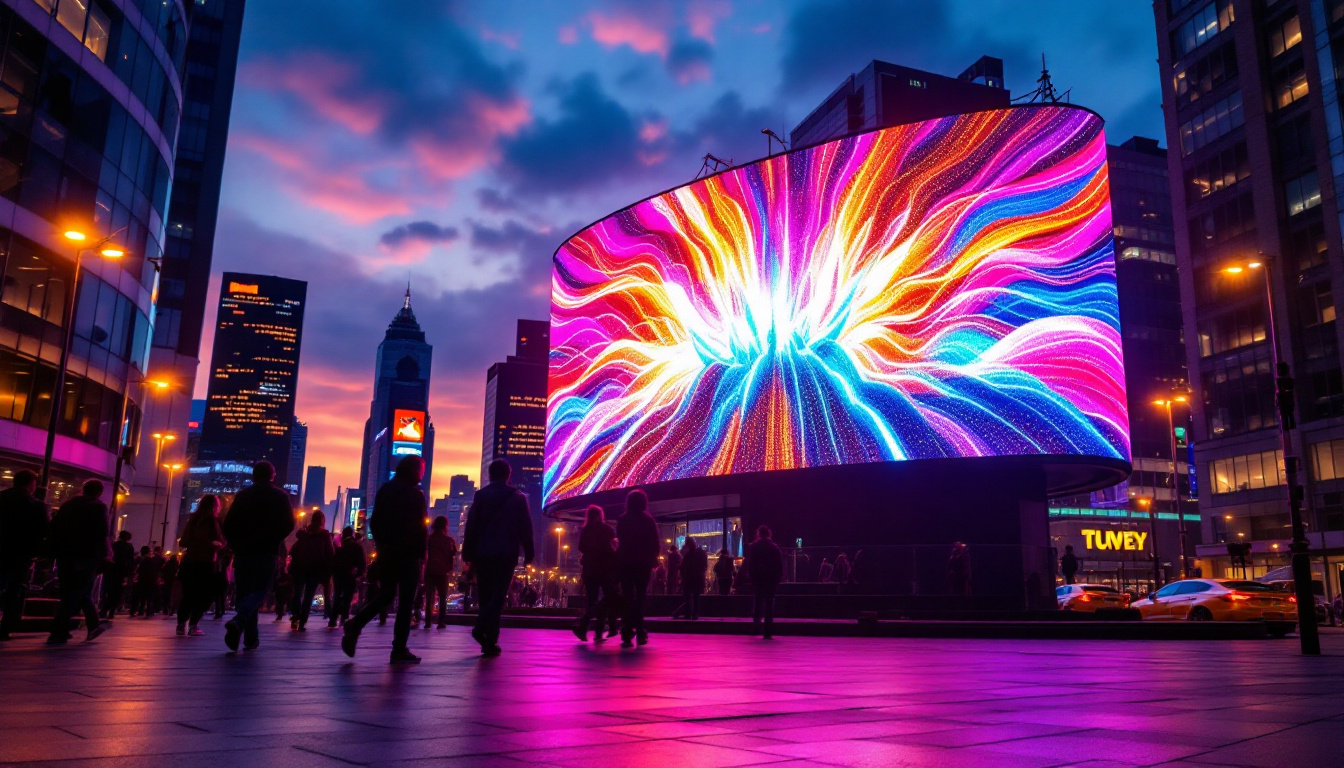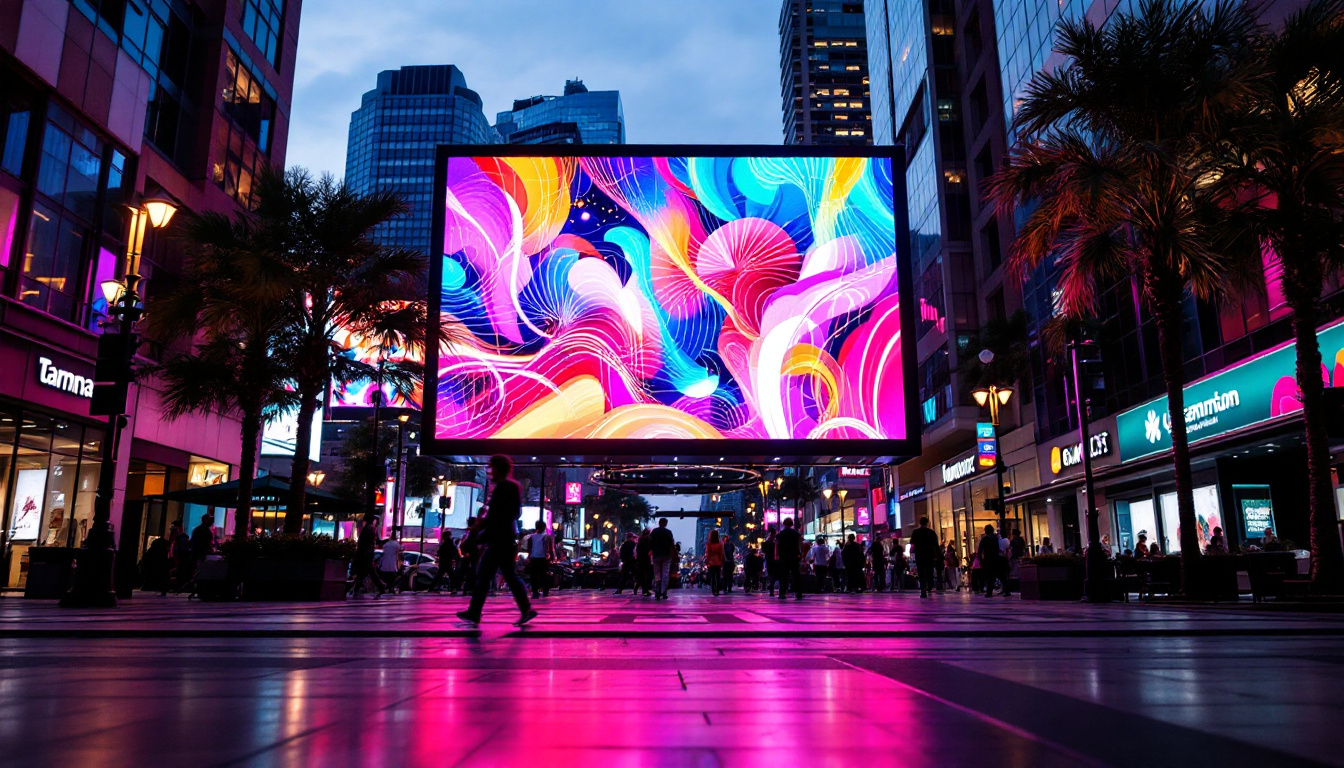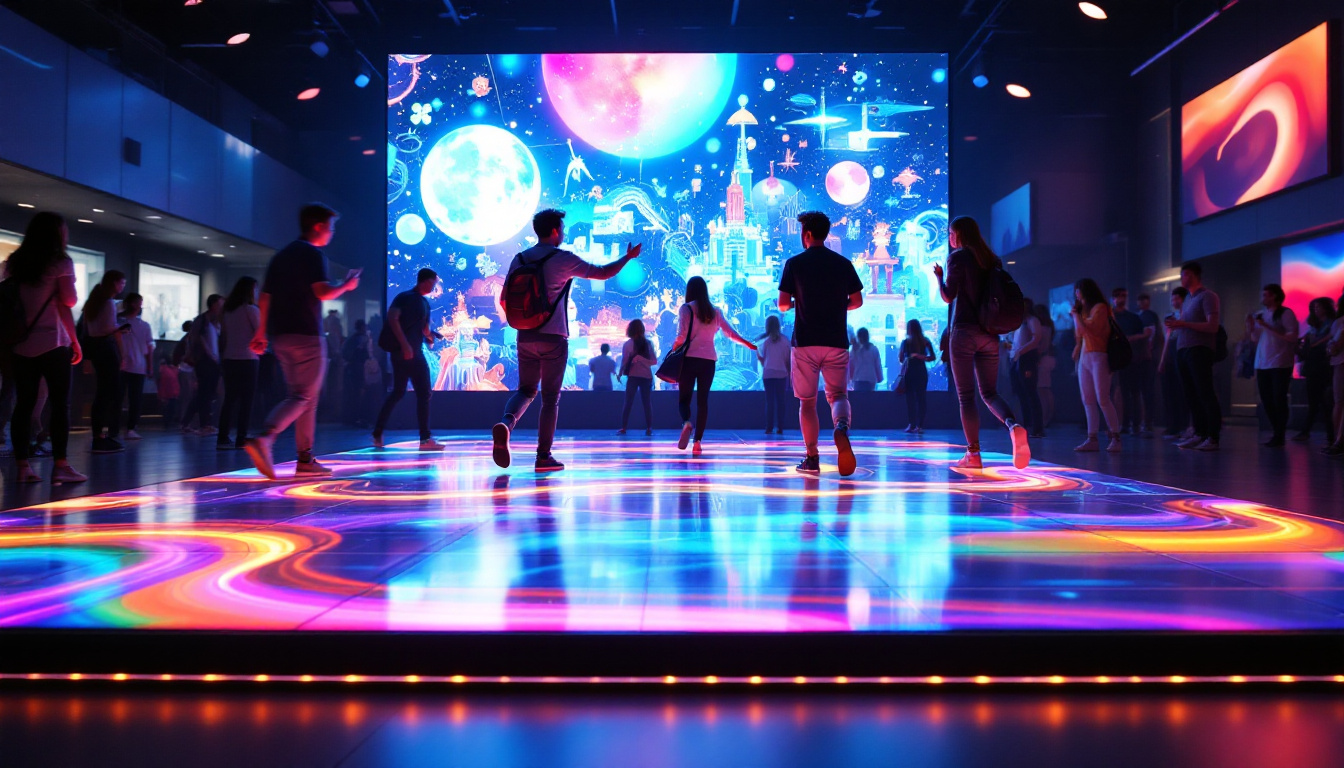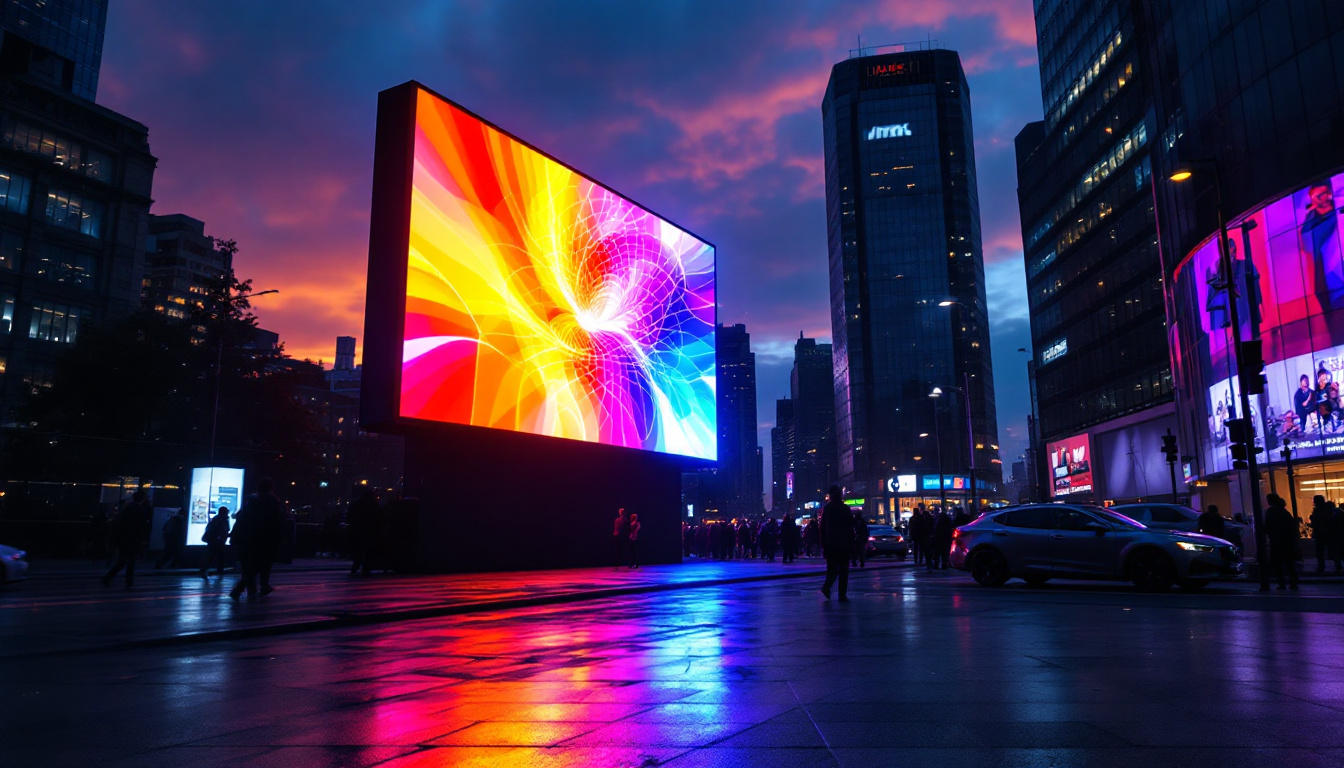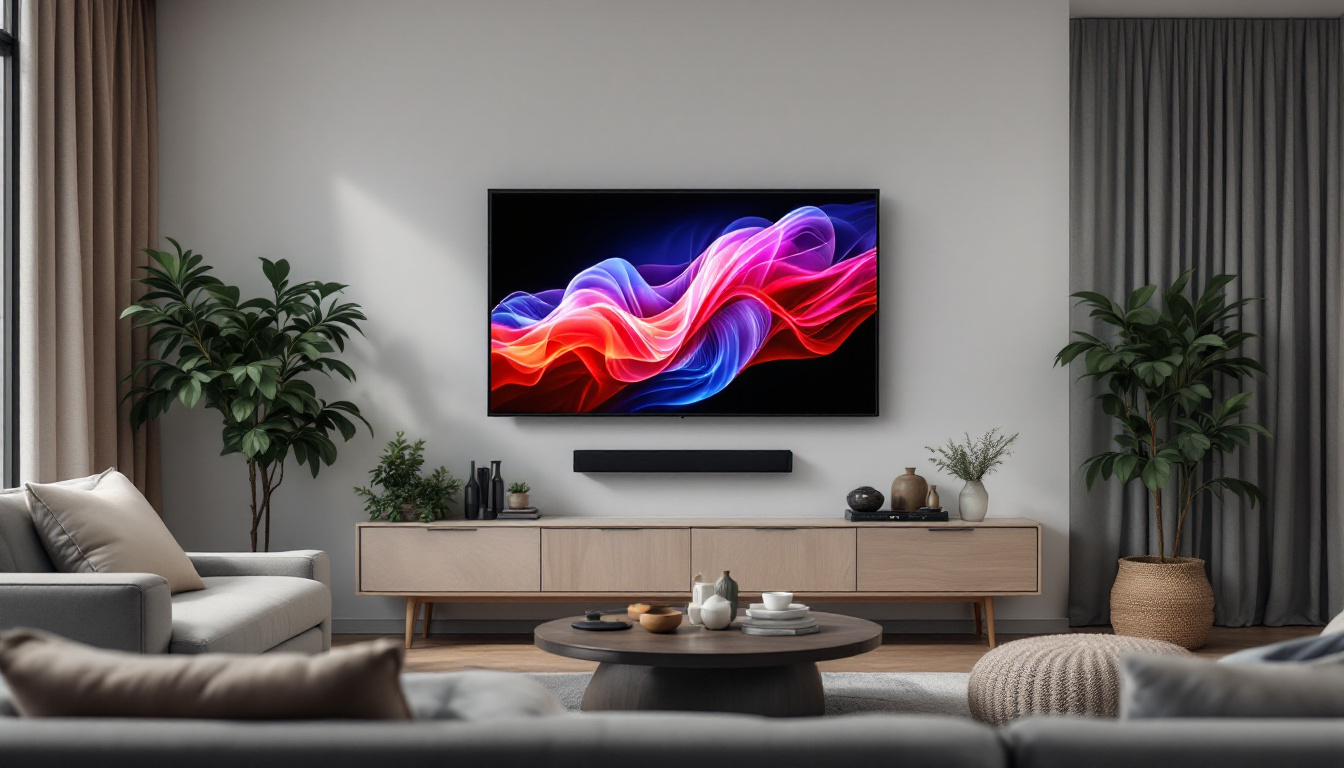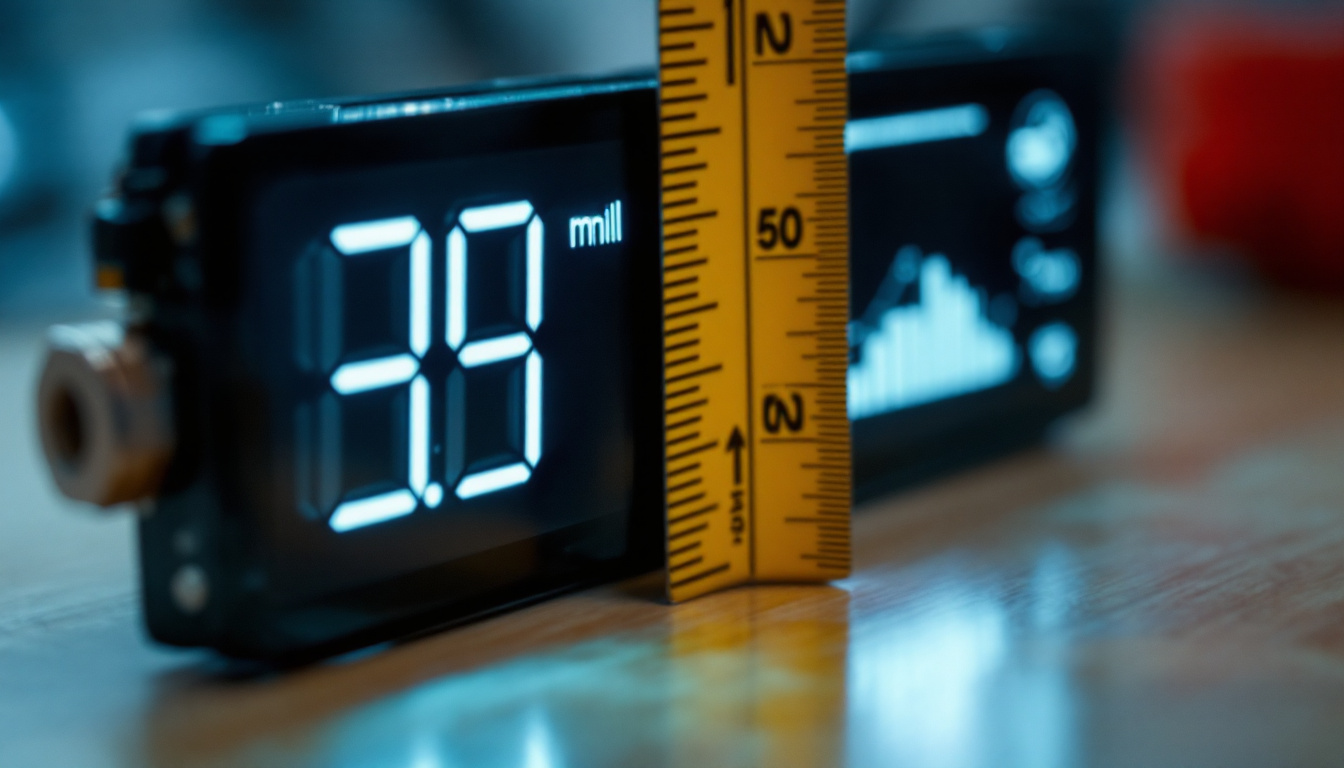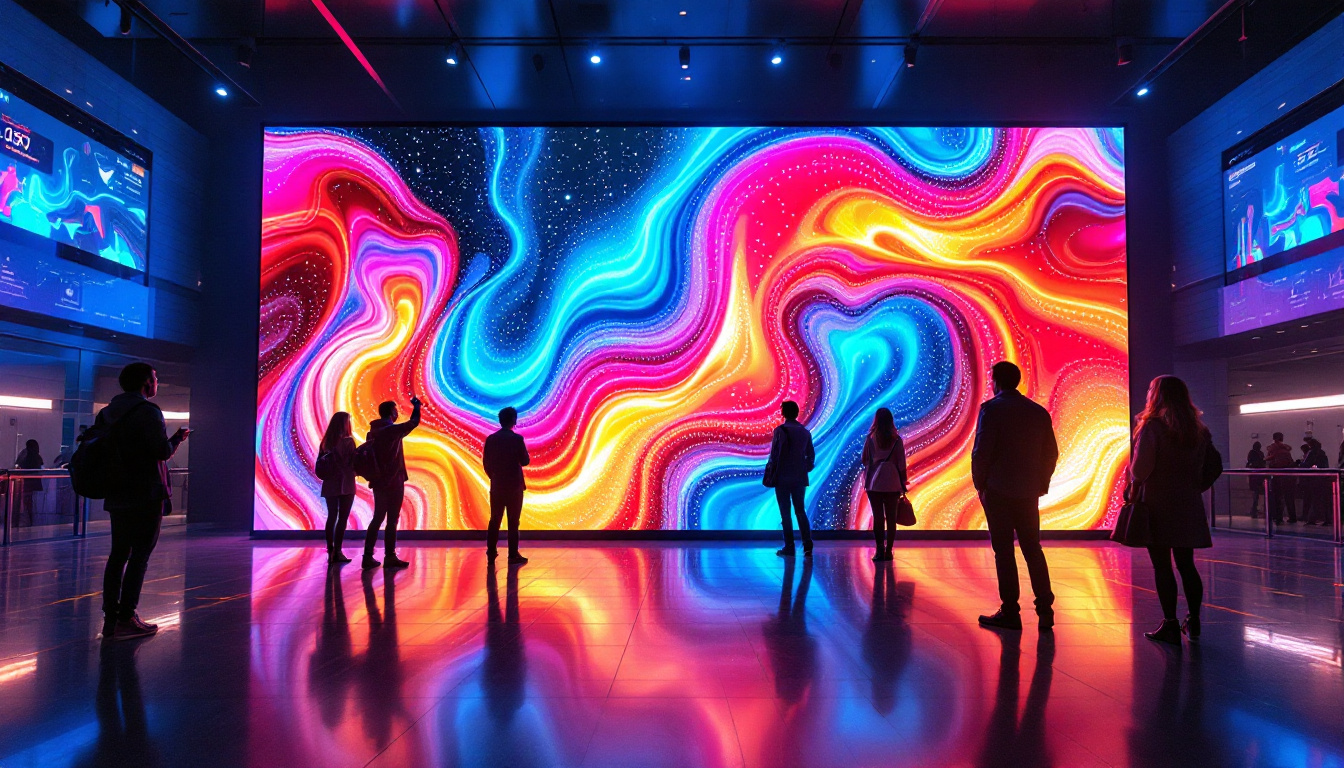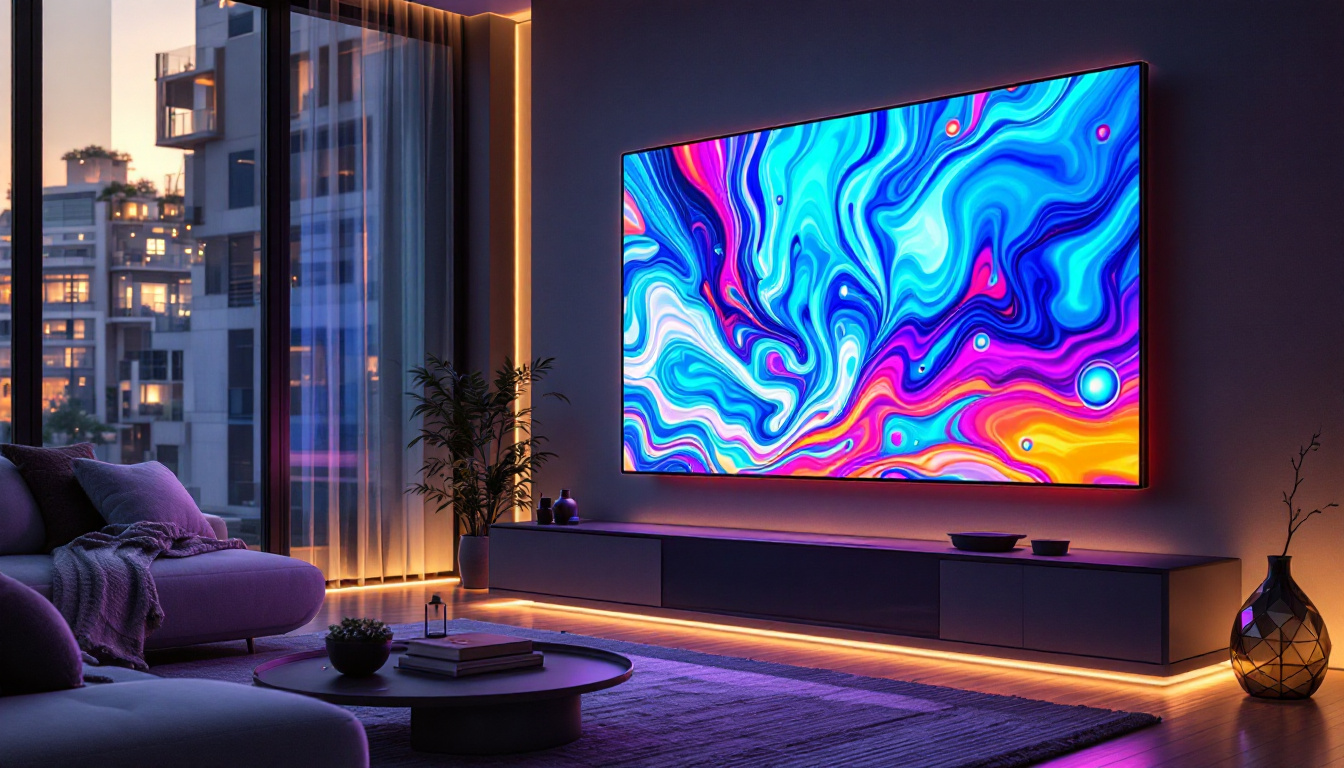In the world of digital technology, understanding measurements is crucial, especially when dealing with LED displays. This article explores the conversion of centimeters to millimeters, specifically focusing on a measurement of 1.8 cm, and how it relates to LED displays. By the end, readers will have a clearer understanding of these concepts and their applications.
Understanding the Basics of Measurement
What is a Centimeter?
A centimeter (cm) is a metric unit of length that is commonly used in various fields, including science, engineering, and everyday life. One centimeter is equivalent to one-hundredth of a meter. It is a convenient unit for measuring smaller objects, such as the dimensions of a smartphone or the height of a plant. In everyday contexts, centimeters are often used in clothing sizes, where height and body measurements are crucial for fitting garments properly. For instance, many clothing labels will indicate sizes in centimeters, helping consumers make informed choices when shopping.
In addition to its practical applications, the centimeter serves as a bridge between the larger meter and smaller millimeter, making it an essential unit in the metric system. For example, when measuring the height of a person, centimeters provide a more manageable figure than meters, which can lead to awkward decimal numbers. The centimeter is also widely used in educational settings, where students learn to measure objects and understand spatial relationships, reinforcing foundational concepts in mathematics and science.
What is a Millimeter?
A millimeter (mm) is another metric unit of length, smaller than a centimeter. Specifically, one millimeter is equal to one-tenth of a centimeter or one-thousandth of a meter. Millimeters are often used in precision measurements, such as in engineering and manufacturing, where accuracy is paramount. For instance, in the automotive industry, components are often measured in millimeters to ensure that parts fit together seamlessly and function correctly. This level of precision is crucial for safety and performance in vehicles.
Furthermore, millimeters are also frequently used in fields like medicine, where the size of instruments and devices can significantly impact patient care. Surgical tools, for example, are often designed with millimeter precision to allow for delicate procedures. In the world of photography, the focal lengths of lenses are often described in millimeters, indicating the degree of zoom and perspective they offer. This highlights the versatility of the millimeter as a unit of measurement, extending its relevance across various disciplines and everyday applications.
Conversion from Centimeters to Millimeters
The Conversion Formula
To convert centimeters to millimeters, a simple formula can be applied: multiply the number of centimeters by 10. For example, to convert 1.8 cm to mm, the calculation would be as follows:
1.8 cm × 10 = 18 mm
This straightforward conversion is essential for various applications, particularly in fields where precise measurements are critical. The metric system, which is widely used around the globe, relies on these conversions to maintain consistency and accuracy in measurements. Understanding this relationship not only aids in personal projects but also enhances comprehension in academic settings, where students often encounter these units in science and mathematics.
Practical Applications of Measurement Conversion
Understanding how to convert between centimeters and millimeters has practical implications in numerous industries. For instance, in the manufacturing sector, components may be specified in millimeters for precision, while design specifications might be provided in centimeters. This knowledge ensures that engineers and designers can communicate effectively and avoid costly errors. Additionally, in the realm of healthcare, precise measurements are crucial when dosing medication or fitting medical devices, where even a slight miscalculation can have significant consequences.
Moreover, in the world of fashion and tailoring, designers often use centimeters for garment measurements, while fabric and trim suppliers might list their products in millimeters. This duality necessitates a clear understanding of conversions to ensure that the final products fit as intended. In architecture and construction, the ability to convert measurements accurately is vital for creating blueprints and ensuring that structures are built to specifications. Thus, mastering the conversion from centimeters to millimeters is not just a mathematical exercise but a fundamental skill that supports a wide range of professional practices.
LED Displays: An Overview
What is an LED Display?
An LED display is a flat panel display that uses light-emitting diodes (LEDs) as its light source. These displays are widely used in various applications, including televisions, computer monitors, and digital signage. The technology behind LED displays allows for vibrant colors, high brightness, and energy efficiency. Unlike traditional display technologies, LED displays can achieve deeper blacks and a wider color gamut, making them ideal for both indoor and outdoor environments. Moreover, their lightweight and slim design makes them easier to install and transport, further enhancing their appeal in modern applications.
Types of LED Displays
There are several types of LED displays, each designed for specific applications:
- Direct View LED: These displays are made up of individual LED modules that create images and videos directly. They are commonly used in large outdoor billboards and digital signage. The modular design allows for seamless scaling, meaning they can be constructed to fit virtually any size or shape, making them a favorite for concerts, sports events, and advertising campaigns.
- LED-backlit LCD: In this type, LEDs are used to backlight an LCD panel. This combination allows for improved brightness and contrast compared to traditional LCDs. The use of local dimming technology in LED-backlit LCDs can further enhance picture quality by allowing specific areas of the screen to dim or brighten independently, resulting in a more dynamic viewing experience.
- Organic LED (OLED): OLED displays use organic compounds to emit light. They are known for their exceptional color accuracy and contrast ratios, making them popular in high-end televisions and smartphones. Additionally, OLED technology allows for ultra-thin displays and flexible designs, opening up new possibilities for innovative product designs in consumer electronics.
Each type of LED display has its unique advantages and is suited to different environments and uses. For instance, while Direct View LED displays excel in outdoor advertising due to their high brightness and visibility in sunlight, OLED displays are often preferred for home theaters where color precision and deep blacks are paramount. Furthermore, the rapid advancements in LED technology continue to push the boundaries of what is possible, leading to the development of transparent displays and even microLED technology, which promises to revolutionize the market by offering even more compact and efficient display solutions.
Understanding Pixel Density in LED Displays
What is Pixel Density?
Pixel density refers to the number of pixels per unit area in a display, usually measured in pixels per inch (PPI). Higher pixel density results in sharper images and finer details. In the context of LED displays, understanding pixel density is crucial for determining the quality of the display.
Calculating Pixel Density
To calculate pixel density, one must know the resolution of the display and its physical dimensions. For example, if an LED display has a resolution of 1920 x 1080 pixels and a diagonal size of 24 inches, the pixel density can be calculated using the following formula:
Pixel Density (PPI) = √(Width² + Height²) / Diagonal Size
This calculation helps in assessing the display’s performance and suitability for specific applications, such as graphic design or gaming.
The Importance of Size in LED Displays
How Size Affects Viewing Experience
The size of an LED display significantly impacts the viewing experience. Larger displays can provide a more immersive experience, especially in environments like movie theaters or gaming setups. However, the size must be appropriate for the viewing distance; too large a display viewed from too close can lead to pixelation and discomfort.
Choosing the Right Size for Your Needs
When selecting an LED display, consider the intended use. For home theaters, larger screens are often preferred, while for desktop monitors, a smaller size may suffice. Additionally, factors such as room size and layout should be taken into account to ensure optimal viewing conditions.
LED Display Specifications: What to Look For
Key Specifications to Consider
When evaluating LED displays, several specifications are essential to consider:
- Resolution: Higher resolutions provide better image quality. Common resolutions include Full HD (1920 x 1080), 4K (3840 x 2160), and 8K (7680 x 4320).
- Brightness: Measured in nits, brightness affects how well a display performs in different lighting conditions. Higher brightness levels are preferable for outdoor displays.
- Color Accuracy: This specification indicates how accurately the display can reproduce colors. Look for displays with a wide color gamut for the best results.
Understanding Refresh Rate
The refresh rate, measured in hertz (Hz), indicates how many times per second the display refreshes the image. A higher refresh rate results in smoother motion, which is particularly important for gaming and fast-paced video content. Standard refresh rates include 60Hz, 120Hz, and even 240Hz for high-performance displays.
LED Display Maintenance and Longevity
Proper Care for LED Displays
Maintaining an LED display is crucial for ensuring its longevity and performance. Regular cleaning, avoiding exposure to extreme temperatures, and ensuring proper ventilation can help extend the life of the display. Additionally, using surge protectors can prevent damage from electrical fluctuations.
Signs of Wear and Tear
Over time, LED displays may show signs of wear, such as dimming brightness, color fading, or dead pixels. Addressing these issues promptly can prevent further damage and maintain the display’s quality. In some cases, professional servicing may be required to restore the display to optimal condition.
The Future of LED Display Technology
Emerging Trends in LED Displays
The LED display industry is continually evolving, with new technologies and innovations emerging regularly. One notable trend is the development of flexible LED displays, which can be bent and shaped to fit various applications. This flexibility opens up new possibilities for creative design in advertising and architecture.
Advancements in Energy Efficiency
As environmental concerns grow, manufacturers are focusing on creating more energy-efficient LED displays. Innovations in technology are leading to displays that consume less power while maintaining high performance. This shift not only benefits the environment but also reduces operational costs for businesses.
Conclusion
Understanding the conversion from centimeters to millimeters, particularly in the context of LED displays, is essential for anyone involved in technology, design, or engineering. With a solid grasp of measurement, pixel density, and display specifications, individuals can make informed decisions when selecting and using LED displays. As technology continues to advance, staying informed about the latest trends and innovations will ensure optimal performance and satisfaction in the ever-evolving digital landscape.
Explore Cutting-Edge LED Displays with LumenMatrix
Ready to elevate your visual experience with the latest in LED display technology? LumenMatrix offers a comprehensive range of innovative solutions tailored to your needs. From Indoor and Outdoor LED Wall Displays to specialized options like Vehicle, Sports, and Floor LED Displays, our products are designed to captivate and engage. Discover the transformative power of Custom, All-in-One, and Transparent LED Displays and see how our commitment to revolutionizing visual communication can enhance your brand’s visibility. Check out LumenMatrix LED Display Solutions today and step into the future of digital signage.


